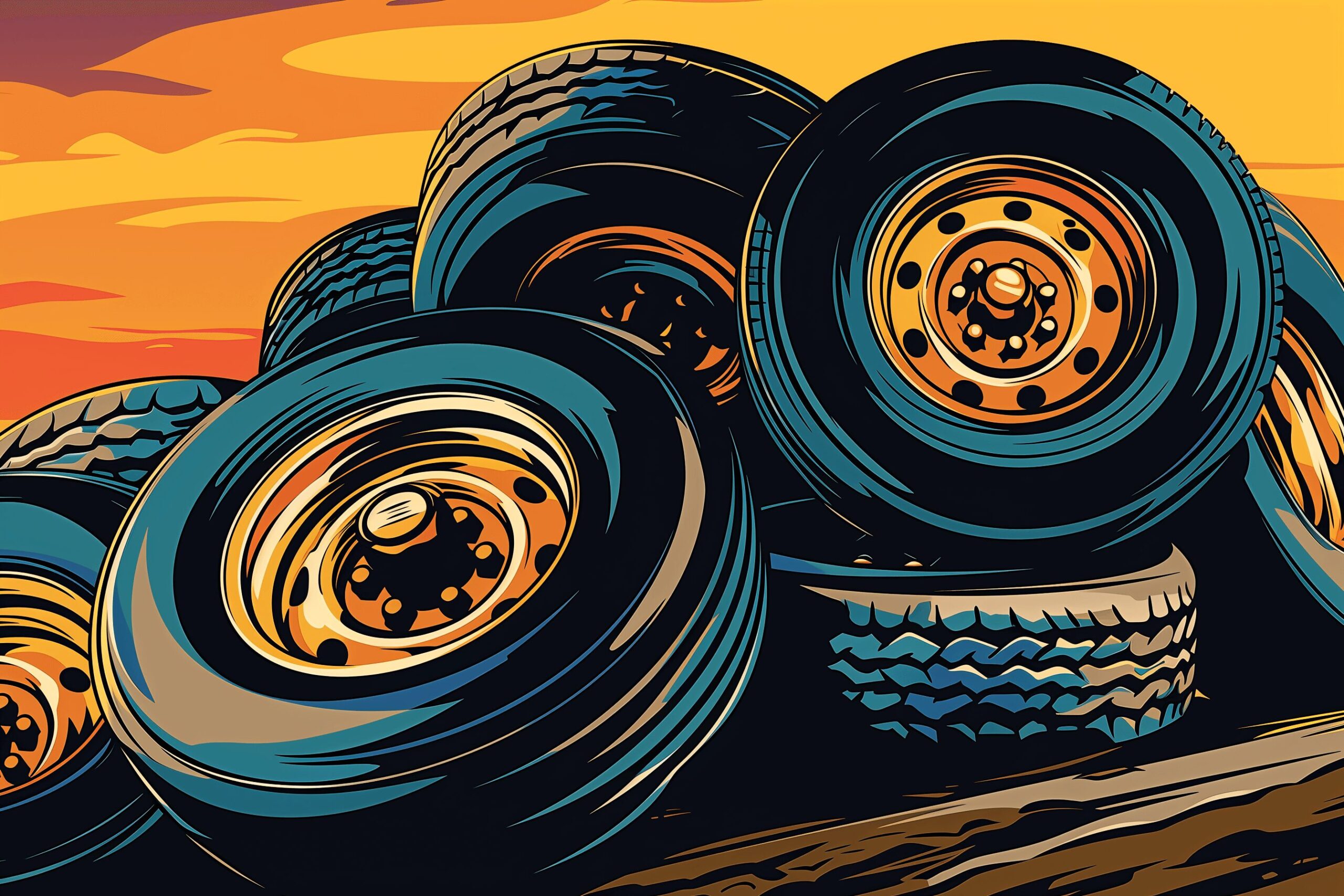Diagnosing Car Problems: 5 Tips for Beginners
Mar 01, 2023

As an Amazon Associate, Modded gets commissions for purchases made through links in this post.
Diagnosing car problems is an acquired skill. You won’t learn how to identify your vehicle’s mechanical issues overnight, but you can take a few big steps to expand your knowledge. Follow these five beginner tips to become better at diagnosing car problems and grow your confidence behind the wheel.
1. Check the Fluids Often
A vehicle’s various fluids give essential parts the lubrication and support necessary to function at a high level. Check these fluid levels regularly to promote the long-term health of their corresponding parts:
- Oil and oil filter: clean oil gathers debris fast, which means the engine doesn’t get sufficient lubrication and support. Commercial vehicles can go a long time without an oil change, but don’t push the limit. Change the oil and replace the filter every 5,000 miles or every six months to keep the engine healthy.
- Transmission fluid: keep your trucks’ transmission systems cool and functional by replacing the transmission fluid at least once every 30,000 miles or more frequently if the vehicles have manual transmission.
- Engine coolant: this fluid can go a long time without maintenance, but you should check it after 30,000 miles. You want the engine’s other fluids to have consistent boiling and freezing points.
- Power steering fluid: change the power steering fluid every 50,000 miles or two years to keep the pump, rack and other power steering parts working correctly.
- Brake fluid: most vehicles need new brake fluid after several years, but with work trucks, you should check the brake fluid at least once a year to ensure the safety of your workers, other drivers and pedestrians.
- Windshield fluid: refill the windshield wiper fluid as soon as it runs out. Work truck windshields get dirty fast, and your workers need a quick solution.
Staying on top of your vehicle’s fluids is a crucial part of diagnosing car problems. It will help you identify issues in their early stages before they endanger your car’s long-term health. Plus, you will gain lots of valuable experience and become well-versed in car parts more quickly.
2. Prioritize the Tires
Along with your car’s fluids, you should prioritize the tires. They’re simple parts that newbies and novices should feel comfortable working with. They also get a lot of wear and tear, so it’s important to closely monitor their condition. Watch out for these problems when diagnosing your car problems:
- Underinflation
- Punctures
- Uneven tread wear
- Debris in the treads
- Bulges, cracks and misalignments
Damaged tires also increase your chances of getting into an accident, so you want to nip these minor issues in the bud before they get worse. Routinely align your wheels and keep your tires at their proper inflation levels.
3. Become a Detailing Pro
Washing and waxing your car’s exterior will help you gain more knowledge to diagnose car problems. Frequent cleanings are also beneficial for other reasons:
- Keeps the undercarriage healthy
- Improves driving visibility
- Protects the vehicle’s paint from salt, sand and other abrasive debris
If you follow a regular detailing routine for just a few months, you will become a pro at basic car exterior maintenance. This skill is an irreplaceable part of diagnosing car problems. After all, most mechanics and car technicians got their start by cleaning their parents’ cars.
4. Keep Up With Tech Advancements
Your car diagnosing skills can only improve if you keep up with the latest advancements in the automotive industry. For example, many vehicles now have fault codes that automatically send you an alert when a specific mechanical issue arises. This feature directs you to the problem and gives you more time to fix it, making your life much easier.
Here are some other new technologies that can help your maintenance efforts:
- Handheld inspection devices
- Automatic data capturing systems
- Tire pressure monitoring system
- Online maintenance and training manuals
- Inventory software for vehicles and auto parts
The responsibility of diagnosing and fixing your car’s problems isn’t entirely on your shoulders. Use the technology available today to lighten the burden and simplify your car maintenance.
5. Communicate With Your Technician
Your technician has all of your car’s diagnostic information. They are a fantastic resource that you should consult as often as possible. Discuss preventative maintenance strategies with them and talk about the common problems that your make and model experiences.
You also need to review your inspection forms with the technician so you’re fully aware of each problem — and potential problem – your car has. Constant communication is essential for diagnosing car problems in a timely fashion.
Become a Car Expert One Repair at a Time
Diagnosing car problems is easy for mechanics because they have years and years of firsthand experience. You won’t become a car expert just by watching video tutorials on YouTube. The only way is to learn from your own experiences, one repair at a time.





